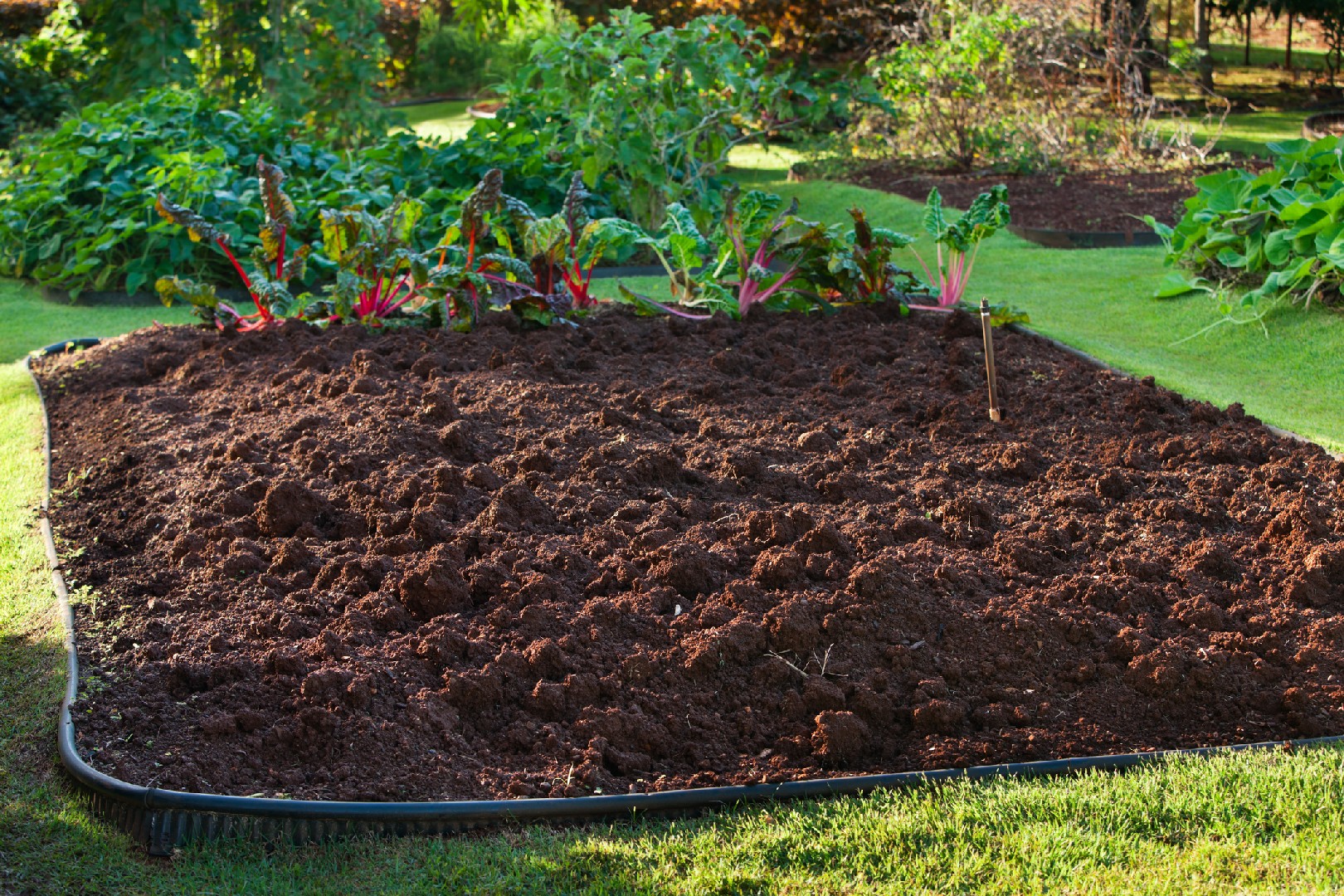![Rectangle]()
When is Your 'Garden Gold' Ready? Decoding the Compost Cues
When it comes to composting, the key goal is to transform your waste into nutrient-rich 'garden gold' that can fuel the growth of your plants. But how do you know when your compost is ready to use? In this section, we will help you decode the compost cues that indicate your 'garden gold' is ready for harvesting.
One of the first signs to look for when identifying ready compost is the color. Mature compost tends to be dark brown or black, resembling rich soil. If your compost has a consistent color throughout and has lost the initial traces of food waste, it's a good indication that it's ready for use.
Texture is another important characteristic to consider. Well-composted materials should have a crumbly texture, similar to coffee grounds or fine breadcrumbs. If you can easily break down the compost into smaller pieces with your fingers, it's a sign that it has decomposed sufficiently and can be used to nourish your plants.
The smell of your compost can also provide valuable cues. While fresh compost may have a slightly earthy odor, mature compost should have a pleasant, earthy smell. If your compost has a foul smell or emits a strong ammonia-like odor, it may indicate that the materials haven't fully decomposed or that there's an imbalance in the composting process.
Temperature is another indicator of the compost's readiness. During the composting process, the temperature of the pile should rise initially and then gradually decrease. When the compost is ready, its internal temperature should have stabilized, matching the ambient temperature. You can use a compost thermometer to monitor the temperature and determine if it's suitable for use.
Now, let's address some common composting problems that you may encounter. Foul smell is often caused by an imbalance in the carbon-to-nitrogen ratio or inadequate aeration. To overcome this issue, ensure a balance of green and brown materials in your compost pile and turn it regularly to allow for better airflow.
Pests can also be a nuisance in composting. To deter pests like rodents or flies, avoid adding meat, dairy products, or oily materials to your compost. Additionally, consider covering your compost pile with a layer of straw or a tarp to discourage unwanted visitors.
If you find that your compost is decomposing too slowly, it may be due to a lack of moisture or a shortage of nitrogen. Ensure that your compost pile is adequately moist, similar to a wrung-out sponge, and consider adding nitrogen-rich materials like grass clippings or coffee grounds to speed up the decomposition process.
When it's time to harvest your 'garden gold', the key is to collect the compost without disturbing the ongoing composting process. Begin by removing the top layer of unfinished materials, revealing the dark, crumbly compost underneath. You can use a garden fork or shovel to carefully transfer the compost to a separate container or directly onto your garden beds.
In conclusion, by paying attention to the color, texture, smell, and temperature of your compost, you can easily identify when it's ready for use. By troubleshooting common composting problems and following proper harvesting techniques, you can ensure a successful composting process and transform your waste into a valuable resource for your garden.





